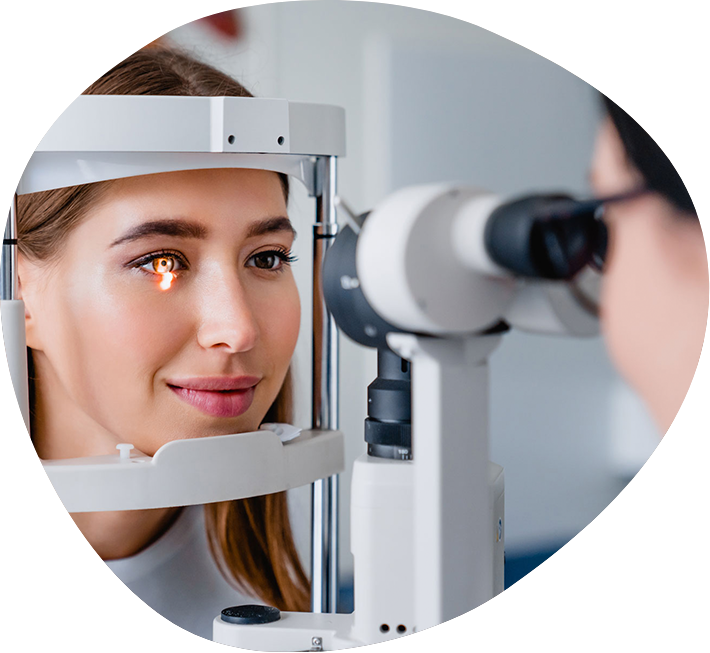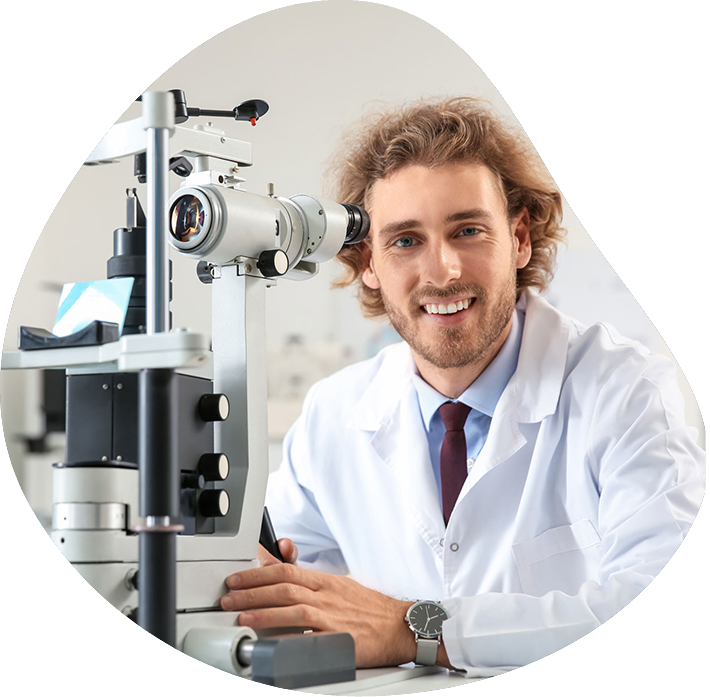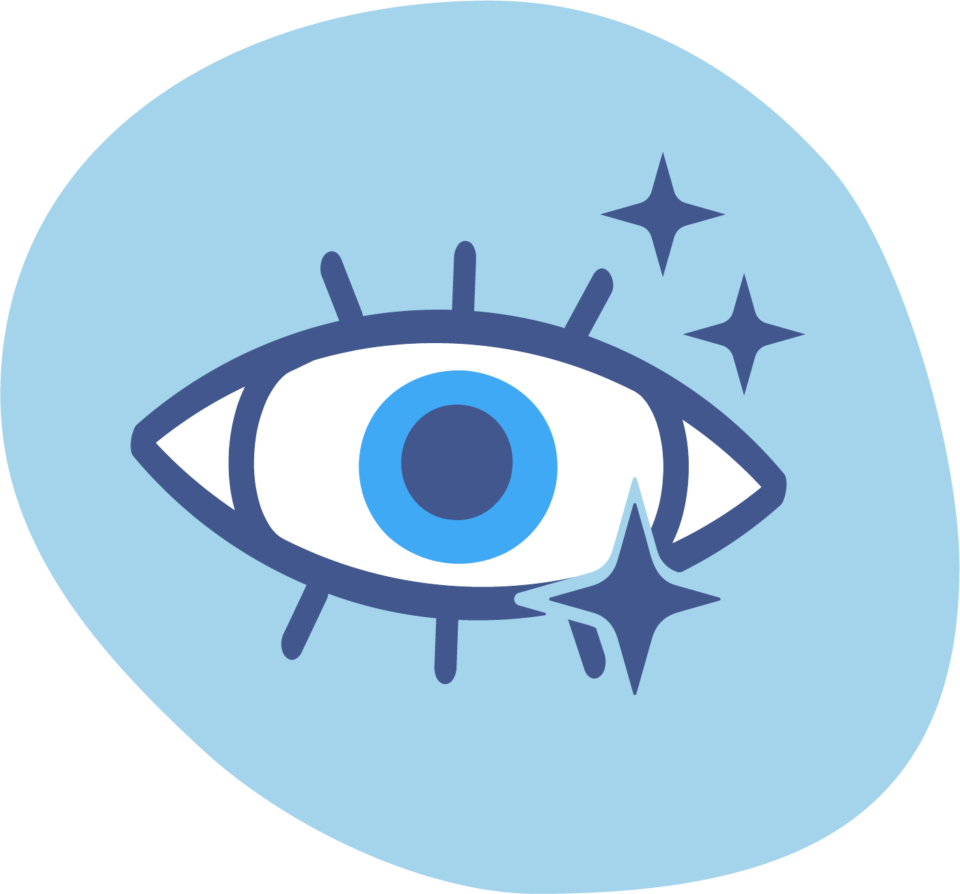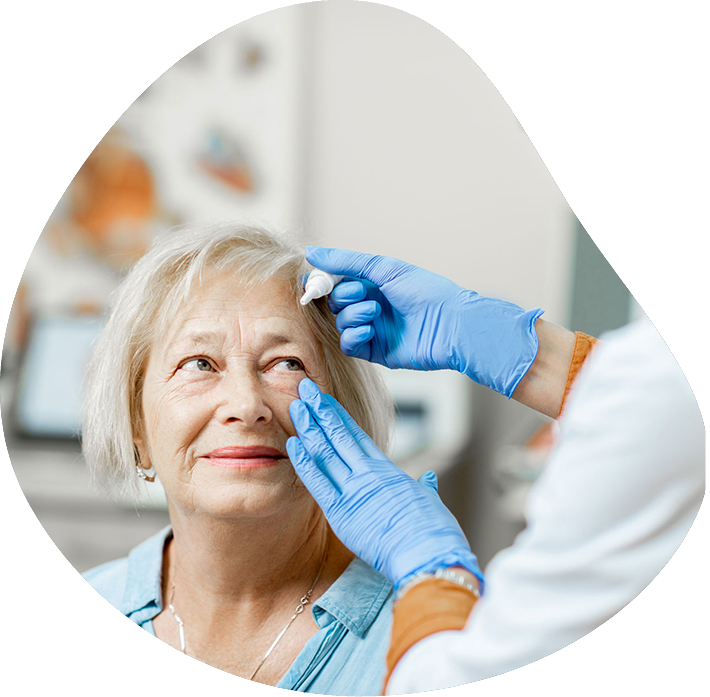The longer DR goes undetected, the greater the chance it will damage eyesight forever
What if…
… Doctors could eliminate the discomfort of retinal screening and make annual screening effortless?
What if doctors could eliminate the discomfort of retinal screening and make annual screening effortless?
MONA is not
a retinal camera or a software inside a retinal camera
MONA is
an AI software as a medical device compatible with pictures from most fundus cameras.
The science behind MONA
Deep Learning
MONA is an artificial intelligence diagnostic healthcare solution. Its deep learning algorithms have been tested, trained, and validated against more than 273,000 retinal images.
Immediate result
Within seconds, MONA detects referrable DR with a sensitivity of 90% and a specificity of 95%.
For non-proliferative and proliferative DR, MONA’s detection sensitivity rises to 99%.
Not only DR
For hard exudates that are predictive of macular edema, MONA detects with a sensitivity of 91% and a specificity of 94%.
Better for doctors. Better for patients.
MONA’s automated, AI-based retinal screening technology dramatically improves DR screening for both doctors and patients:
For
patients
MONA makes screening easy and comfortable for patients. Its quick 3min-process also helps alleviate concerns about COVID-19 exposure from in-person appointments.
Impact on patients
For
medical experts
MONA improves the take-up of regular screening appointments and contributes to better health outcomes. Less time spent on screening, more time for treatment.
Impact on experts
The team behind MONA
We work to ensure every diabetes patient gets screened every year.
Get to know us
Invest in better diabetic care
MONA is on a mission to give every diabetes patient on the planet easy access to convenient retinal screening. We’re helping build a world where AI drives better healthcare outcomes, and early disease detection is the norm.
Interested in investing?
Express your interest by requesting a prospectus here, our CEO Olivier Ménage will be in touch.
Seeing is believing
Want to learn more? Contact us to see the power of MONA in action.
Just complete the form below and we’ll be in touch with more information.

Impact on
patients
Diabetic retinopathy is the number one cause of blindness amongst working age adults.
People with diabetes need to have an annual examination in order to identify DR at an early stage. Patients diagnosed with DR need regular screening to track the progress of the disease.
MONA lets you have a regular eye exam without waitlists or physical discomfort.
In minutes your doctor will tell you if you need further evaluation or if you can wait for your next annual exam.
Impact on
medical experts
Ophthalmologists can use MONA to improve patient workflow. A technician can capture retinal images and in 3 minutes you will know if the patient needs further care. Less time spent on diagnosis frees up time for more complex treatments and procedures. Patients will be more satisfied and likely to share positive experiences across their personal networks.
Diabetologists and endocrinologists can use MONA to add eye care to their patient evaluations. An automated 3-minute process means patients leave reassured — or with a referral to an ophthalmologist.




